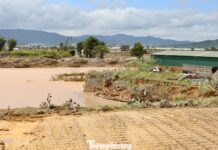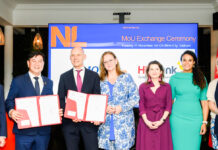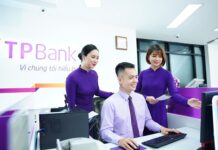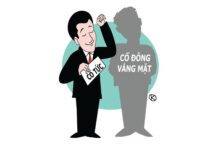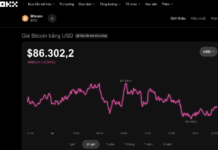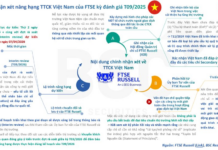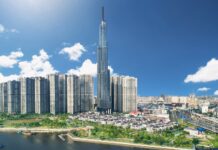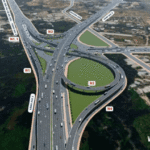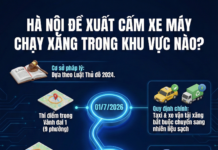The “CEO 500 – TEA CONNECT” program, themed “Ho Chi Minh City: Towards a Global Smart City in the Digital Era”, serves as a high-level dialogue platform between the Government and Ho Chi Minh City (HCMC) with over 500 domestic and international business leaders. During the event, delegates were briefed on HCMC’s development strategy and vision for 2026-2030, with a long-term outlook to 2045, including key projects and strategic initiatives driving the city’s growth.
5 Breakthroughs, 6 Core Objectives
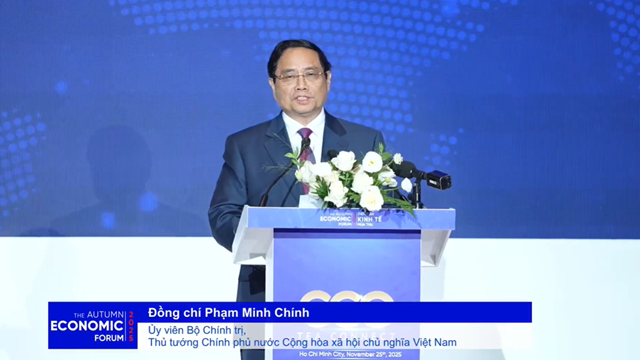
Addressing the event, Prime Minister Pham Minh Chinh outlined Vietnam’s strategic vision, emphasizing two centennial goals: By 2030, marking the 100th anniversary of the Communist Party’s establishment, Vietnam aims to become a modern industrialized nation with upper-middle-income status. By 2045, commemorating the 100th anniversary of the nation’s founding, the goal is to achieve high-income developed country status. These ambitious targets require sustaining high growth rates, such as this year’s target of 8%, with aspirations for double-digit growth in the coming decades. This is guided by the spirit of “turning the impossible into possible, challenges into opportunities.”
Globally, we face slowing growth, rising public debt threatening stability, trade disruptions due to supply chain fractures, and the resurgence of protectionism, alongside persistent regional conflicts. Amid these challenges, Vietnam remains committed to building a nation on three pillars: a socialist democracy fostering national unity; a socialist rule of law state, by the people and for the people; and a socialist-oriented market economy.
Vietnam respects market principles like supply and demand and competition while prioritizing social welfare, ensuring fairness, progress, and environmental sustainability alongside growth. People are at the core of this development, as both the driving force and the ultimate goal.
To achieve these objectives, Vietnam focuses on three strategic breakthroughs—institutional reform, infrastructure development, and human resource enhancement—coupled with six core objectives:
1. Economic Development: The central focus.
2. Independent Foreign Policy: Pursuing independence, self-reliance, diversification, and multilateralism, while being a responsible global partner.
3. National Defense and Security: Upholding the “4 No’s” policy to safeguard sovereignty.
4. Cultural Advancement: Developing culture on par with economic and political progress, as culture is the soul of the nation.
5. Social Equity and Progress: Ensuring access to education, healthcare, and development benefits for all.
6. Political Integrity: Building a clean, strong political system and combating corruption.
Over nearly 40 years of reform, Vietnam has achieved remarkable progress. From a post-war economy of just $4 billion, the GDP is projected to reach $510 billion this year, ranking 34th-35th globally. Trade has hit $900 billion, placing Vietnam among the top 20 global trading nations. Living standards have risen significantly, with happiness indices climbing 39 places. Notably, amidst global volatility, Vietnam has maintained macroeconomic stability, controlled inflation, and reduced public debt to 37-38% of GDP—a countertrend to global debt increases.
For HCMC, realizing these pillars requires addressing five core challenges with international support: 1. Capital, through establishing an International Financial Center; 2. Infrastructure, particularly digital and transport; 3. Institutional Reform, for competitive and transparent mechanisms; 4. Human Resources; and 5. Technology and Innovation.
Concluding, the Prime Minister emphasized, “To go far, we must go together. Let’s champion multilateralism, strengthen international solidarity, and foster dialogue to build trust. Your success in Vietnam is our success. Let’s commit: Promises made must be kept, and actions must yield measurable results.”
HCMC’s Strategic Transformation
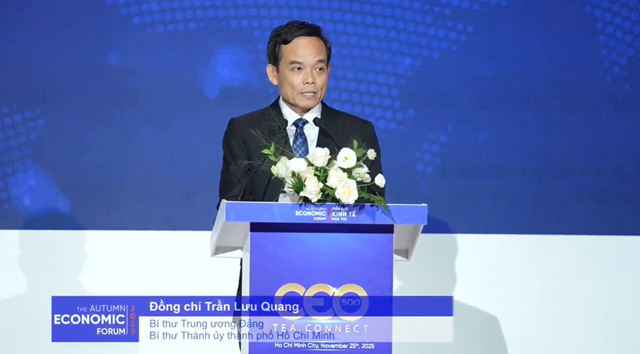
Speaking at the event, HCMC Party Secretary Tran Luu Quang highlighted that post-administrative consolidation, HCMC is entering a new development phase with an expanded vision and ambitious goals. The city aims to become a global metropolis—modern, dynamic, livable, and globally competitive. With a population of over 14 million and contributing nearly 25% of Vietnam’s GDP, HCMC continues to lead as an economic powerhouse and a hub for trade, finance, industry, education, healthcare, and international commerce, embodying the mission “for the nation, with the nation.”
However, a global city’s stature goes beyond population or economic output; it lies in growth quality, connectivity, governance, international competitiveness, and fostering a creative, world-class living and working environment. Thus, HCMC is restructuring its development framework, adopting a multi-polar, integrated, and connected strategy to create 3 regions, 3 corridors, 5 pillars, and 1 special zone.
The 5 strategic pillars are:
1. High-Tech and Innovation: Focused on digital technology, AI, semiconductors, and big data.
2. Logistics and Trade: Linked to seaports, airports, and free trade zones.
3. International Financial Center: A key development focus.
4. Tourism and Creative Industries: Leveraging culture, arts, entertainment, and international events.
5. Education, Healthcare, and Science: Meeting regional and global standards.
Challenges include managing a large, rapidly growing urban population; resource gaps in finance, technology, infrastructure, and skilled labor; and an evolving logistics and transport system. Additionally, improving public services, administrative procedures, digital governance, and competing with global economic hubs are critical.
Beyond internal reforms, expanding partnerships and attracting experts, intellectuals, and businesses domestically and internationally is vital. A global city thrives on extensive networks, global knowledge, and business connectivity in the digital age.
|
During the program, the organizers announced cooperation agreements between Vietnamese and international partners, including: – MoU between the High-Tech Park Management Board and TTI for local supply chain development. – MoU between the High-Tech Park Management Board and SynoSys for semiconductor design training. – MoU between the High-Tech Park Management Board and FPT Semiconductor for chip testing training and FDI supply chain integration. – MoU between the High-Tech Park Management Board and the Low-Carbon Economy Alliance. – MoU between HCMC C4IR, Vietnam Aerospace Institute, SaigonTel, and Accelink (USA) for low-orbit space technology cooperation. – Edge AI Data Center Partnership Program. – Collaboration between HCMC C4IR and SRI International for a Vietnam-US knowledge exchange platform. – MoU between HCMC C4IR, SaigonTel, and Naver for data center development. – MoU between the Port of Los Angeles, HCMC C4IR, ECV, and SaigonTel for port investment in HCMC. – MoU between HCMC C4IR and Ant International (A&I). – MoU between HCMC C4IR and Danang Department of Science and Technology. – Non-budgetary credit program for smart manufacturing transformation. – MoU between Binance and HCMC Finance Department for the International Financial Center. – Strategic MoU between VinaCapital and FPT Corporation. |
– 19:15 25/11/2025
FMO and HDBank Sign MoU to Deploy $30 Million Investment, Driving Green and Sustainable Growth in Vietnam
The Netherlands Development Finance Company (FMO) and Ho Chi Minh City Development Joint Stock Commercial Bank (HDBank) have signed a Memorandum of Understanding (MoU) to foster sustainable investment and financial cooperation. This significant agreement was formalized during the visit of a Dutch business delegation led by Ms. Aukje de Vries, Minister for Foreign Trade and Development Cooperation of the Kingdom of the Netherlands, to Vietnam.
Prime Locations in Ho Chi Minh City Hosting Hundreds of Residential Towers
Nestled along Nguyễn Hữu Thọ Street and Highway 1K, a burgeoning skyline of high-rise condominiums stands in stark contrast to the crumbling infrastructure below. Overburdened by the sheer density of these residential towers, the area grapples with chronic traffic congestion, deteriorating roads, and persistent flooding, underscoring the urgent need for sustainable urban planning.
Panoramic View of the Saigon River Overpass Connecting Ho Chi Minh City and Tay Ninh Ahead of Its Official Opening
The Thanh An Bridge, spanning the Saigon River and connecting Thanh An Commune in Ho Chi Minh City with Hung Thuan Commune in Tay Ninh Province, has been successfully completed and is set to officially open to traffic soon.

